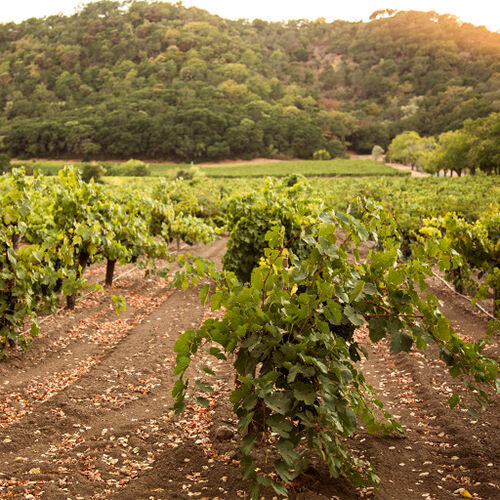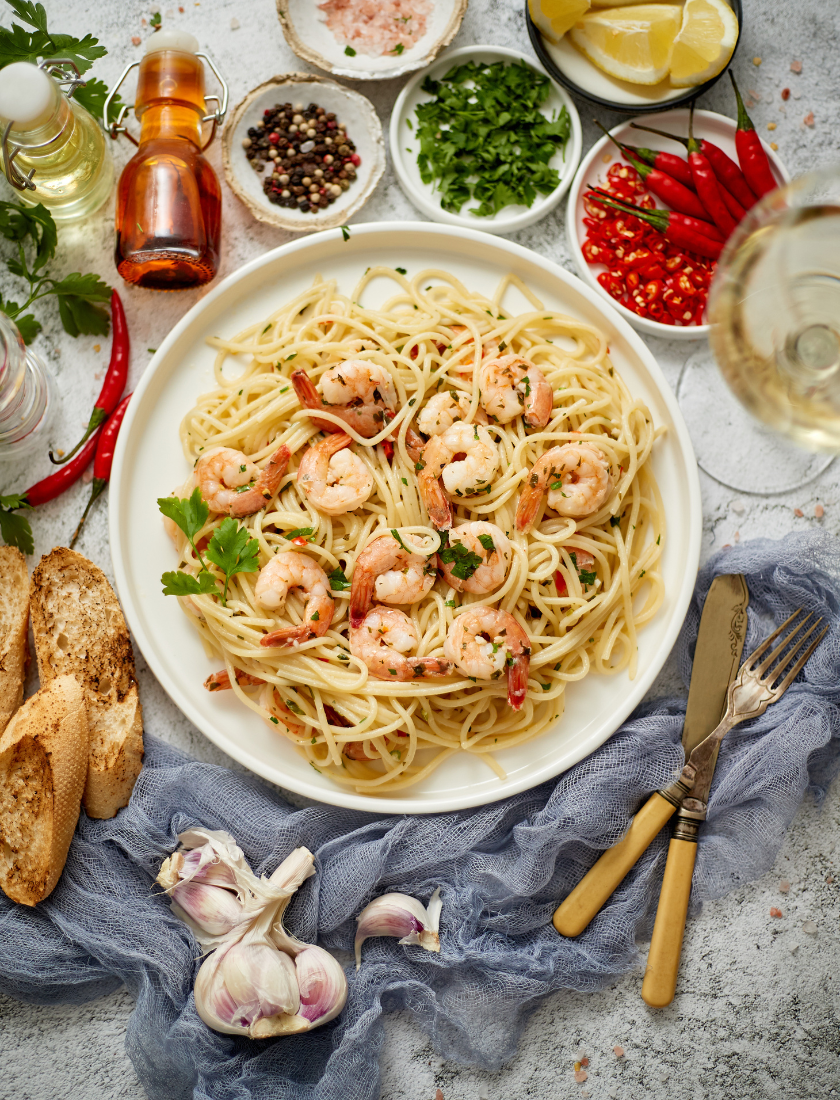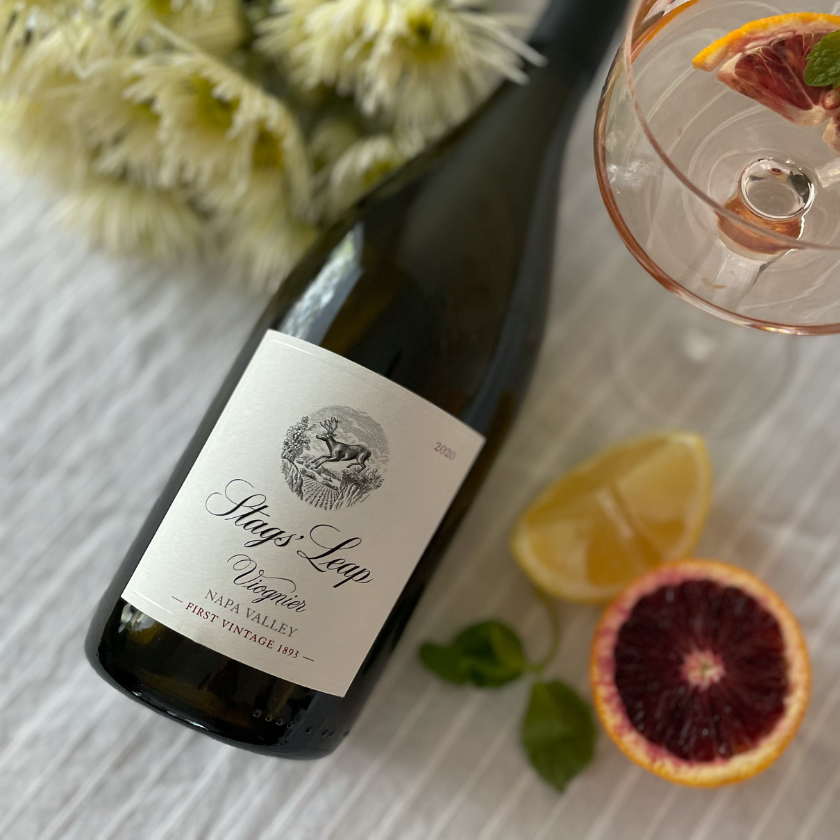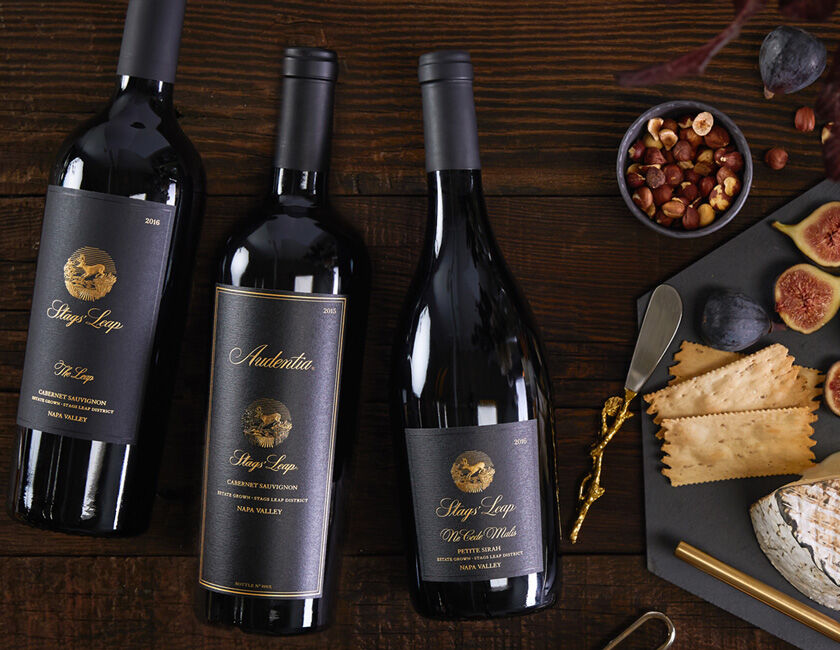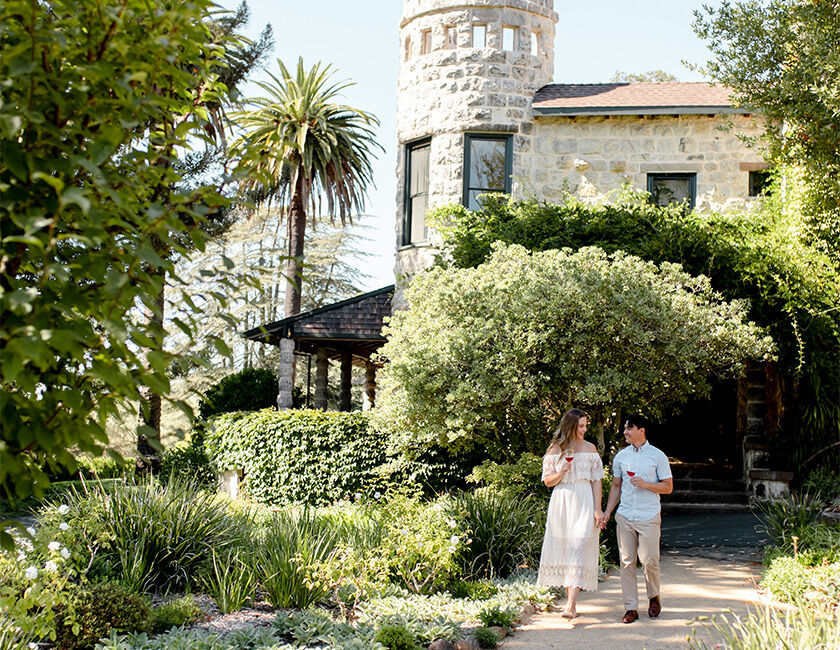A Troubled History of Near-Extinction
In the late 19th century, invasive pests from overseas devastated the viognier vines in the Rhône region. Cultivation suffered. The grapes became less common. Later, in the first half of the 20th century, the war drove many winemakers off the land, leaving the survival of this less-common grape in question. After World War II, there were few intact vineyards in Europe still growing this cultivar, and by 1965, all but roughly 30 acres of the rare grapes were lost. Some estimates put this figure even lower, at a mere 8 acres in the Rhône region and as few as 80 acres worldwide. Fortunately, that low was a turning point. Vines in France began to recover from years of struggle, and by the 1980s were plentiful again in the Rhône region and began to be exported to other wine-producing regions around the world.
Interesting Genetics of Viognier
DNA analysis has shown that the viognier grape is a relative of freisa grapes of the Piedmont region of Italy, as well as a more distant cousin of the nebbiolo variety, from the same region. freisa and nebbiolo grapes are both used to make red wine. Botanists who specialize in classifying grape vines believe that the original grapes were all the type they refer to as "black grapes," used to make red wine. Their research indicates that white wine grapes were likely the result of a natural mutation of these primary varieties.
Thriving Vineyards Today
Raising this grape is not for the faint of heart. The vine requires careful cultivation and a very particular climate to grow and mature properly. Harvest must be timely. If picked too early, the grapes don't yet possess their signature aromas, and a late harvest produces an oily wine that lacks the refreshing finish that is prized in a viognier. The grapes require a long, consistent growing season and a robust protective canopy. Damp marine air or mountain mist can enhance the natural acidity desired. Just the right amount of sun in the day and cool nights contribute to the perfect environment for the grapes as well. Yields can be spoiled by too much hot summer sun but threaten to remain unripe in years with too little warmth in late spring or early fall. The aromatic delight of viognier wines can also be ruined if the grapes mature too quickly, developing a high sugar content before the fruit is ready for harvest. In most vineyards, this grape variety offers lower and less predictable yields than the more common commercial varieties such as chardonnay. The fickle vines are susceptible to powdery mildew as well, making them exceptionally challenging to raise. The vines thrive on well-drained, sloping soils that face south and hold the heat of the day's sun through the cool nights. The 500 or so acres of the Condrieu Appellation d'Origine Contrôlée have proven ideal for cultivating the viognier grape. The only wine sold under the Condrieu AOC is made entirely from this variety of grapes. Before the 1980s, the Condrieu AOC was the central region where this grape was cultivated for the commercial production of wine. For centuries, the Rhône region served the Parisian market, and when times were favorable, the London market as well. Since the 1980s the vines have been successfully transplanted to North America, New Zealand, South Africa, Japan, and Australia. In the United States, the viognier grape thrives in California and Oregon and has achieved a solid foothold in the Monticello area of Virginia as well.
A Unique Place Under the Sun
A viognier grape grown in Virginia is not going to have all the same characteristics as one from the hillsides of southern France or a vineyard in South Africa. The genetics of the original vine may be the same, but the grapes will not be identical. Each grape is influenced by the environment in which the vine is rooted, known as its terroir. Soil, hills, and climate all contribute to a wine's individual terroir and play a definitive role in forming the unique character of the grapes. The local flora and fauna have a distinct impact as well. Each vine absorbs the world around it and every grape inherits its sense of place from its terroir.
Unmatched Aromas
While viognier grapes are finicky and can be difficult to produce, the resulting wines are well worth the effort. A taste of our Stags' Leap Viognier will delight your senses. This wine offers a complex nose unrivaled by other white wines. Bursting with natural aromas of peaches and apricots alongside the floral scents of honeysuckle and violets and a hint of almond or allspice, each sip is an adventure and an experience any wine lover will remember. When aged in oak barrels, the intensity of the aromas is even greater. No two viognier wines are identical. The aromas in a given bottle depend on where the grapes were grown, the age of the vines, the season of harvest, and how the wine was made. The floral and fruity aromas are due to many factors, including terpenes similar to those found in riesling and muscat wines. Terpenes are organic compounds naturally occurring in the skin of grapes. Growing practices can influence the level of terpenes produced by the grapes. Winemaking procedures determine how much contact the wine has with the skins, which also affects the terpenes and the potency of aromas in the resulting wine. A viognier should be enjoyed while it is young. Generally, these wines will lose some of their characteristic nose after the age of three, although New World vintages, including those produced in California, often age better than those of European vineyards and can retain their unique aromas for up to 10 years.
Enticing Flavors to Arouse Your Taste Buds
Viognier wines are unapologetically vibrant, with an unexpected depth and complexity. They embody the sweet tanginess of tangerine and mango mingled with the stone fruit characters and perhaps a hint of oak. Depending on the age of the vine and time of harvest, some viogniers offer a creamy hint of vanilla or the spicy nuance of clove, nutmeg, or allspice. While the color and nose of these wines would suggest a sweeter flavor, they are on the drier side of the spectrum, considered dry or off-dry. These are accessible, smooth, full-bodied wines with a bright, refreshing, and delightful finish that leaves you craving another sip.
How Is Viognier Wine Made?
Ideally, the grapes are harvested by hand. The wine should not be oxidized, so care must be taken while fermenting to minimize exposure to the air. Each winemaker has a specific process, making every vintage unique. At Stag's Leap, we do things our own way. The grapes are hand-picked in the southern Napa Valley and whole-cluster pressed, then fermented in French oak barrels. The wine is aged on the lees, and stirred weekly, in a process known as battonage. This process increases the smoothness of the wine. Our viognier is not put through malolactic fermentation, a process that converts malic acid to lactic acid, which can give the wine a softer taste. While that is desirable for many varieties of wine, for this wine, we prefer to preserve the balance of acidity naturally present, protecting the clarity of the floral aromas and the vibrantly fresh flavor.
Why Choose Viognier?
Anyone who appreciates wine can easily become well versed in chardonnay varietals. However, if you're ready to depart from the expected and widen your experience of fine white wines, it's time for you to try viognier. While it is perfect for summer sipping, this exuberant wine can grace your table and delight your palate in any season, alone or alongside a broad range of cuisines. You'll find the California-born viognier from Stags' Leap to be a refreshing departure from your standard glass of white wine. With the heady perfume of its exceptionally complex nose, this wine offers a full-bodied taste and is incredibly smooth in your mouth. While similar in weight to a chardonnay, it boasts dramatic and complex aromas that will delight you.
